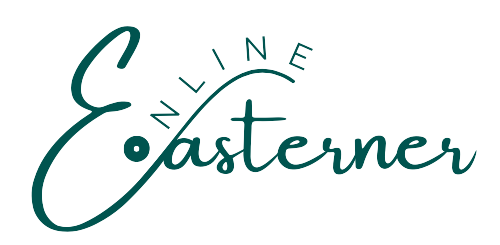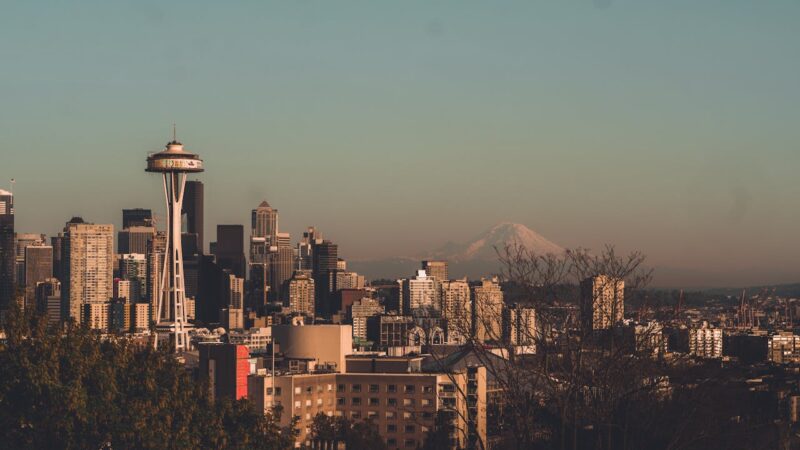The Pacific Northwest has a way of pulling people in without even trying. Evergreen hillsides, ferries gliding across cold blue water, mountains that look like movie backdrops, and a visitor economy that recovered faster than almost anywhere else in the country.
Add a lineup of cities with real job growth, tight housing supply, and year-round tourism, and suddenly investors are paying attention again.
Anyone who buys property in this region usually chases two things at once. Solid long-term value and short-term visitor demand.
Both are alive and well across Washington, Oregon, and Idaho. Some markets feel global. Others still feel local in the best way. All of them carry some mix of outdoor appeal, cultural identity, and long-term economic strength.
Now, let’s take a look at the cities that genuinely matter for people who want real estate returns paired with healthy tourism numbers.
The list focuses on metros where visitor spending, rental demand, and economic diversity form a dependable base.
How To Think About “Best” in the Pacific Northwest
A lot of investors come into the region with expectations shaped by one city. Usually Seattle or Portland. The truth is far more varied.
Picking a city is easier when you sort the region by criteria that actually move the needle for both tourism and housing.
Key Filters Used Throughout the Post
- Tourism strength and recovery
- Visitor volume, travel spending, and jobs tied to tourism
- Mix of business travelers and leisure travelers
- Recent housing performance
- Rental demand for both long-term and short-term stays
- Population and job growth trends
- Industry diversity, including tech, education, healthcare, logistics, and outdoor recreation
- Access to airports, ports, and major transportation routes
- Lifestyle and brand identity that reinforces demand
- Signature attractions, natural assets, and events that reliably bring visitors
Investors who prepare quick visual summaries of tourism trends often lean on a simple card generator to present data clearly when comparing cities.
Quick Comparison Table
The figures reflect rounded snapshots from 2023 and 2024, paired with commentary on what matters for investors.
| City | State | 2023–24 Visitor Spending / Volume | Housing Snapshot | Core Appeal |
| Seattle | WA | 40 million visitors, 8.8 billion USD spending in 2024 | Tight, high-priced, competitive | Global gateway, cruise hub, tech jobs |
| Portland | OR | 5.4 billion USD travel spending in 2023 metro | Moderating price growth, strong demand in inner areas | Food culture, coast access, Mount Hood |
| Spokane | WA | Part of 23.9 billion USD statewide spending | More affordable, steady appreciation | Inland hub, universities, and healthcare |
| Tacoma | WA | Beneficiary of Puget Sound port and cruise traffic | “Affordable growth” market | Port city, museums, Mount Rainier access |
| Boise | ID | Strong outdoor and event driven tourism | Median around 505,000 USD in 2024 | Long-term migration magnet |
| Bend | OR | About 4.1 million visitors, 10,700 tourism jobs | Median approaching 900,000 USD | Outdoor capital and vacation rental hotspot |
Seattle, Washington
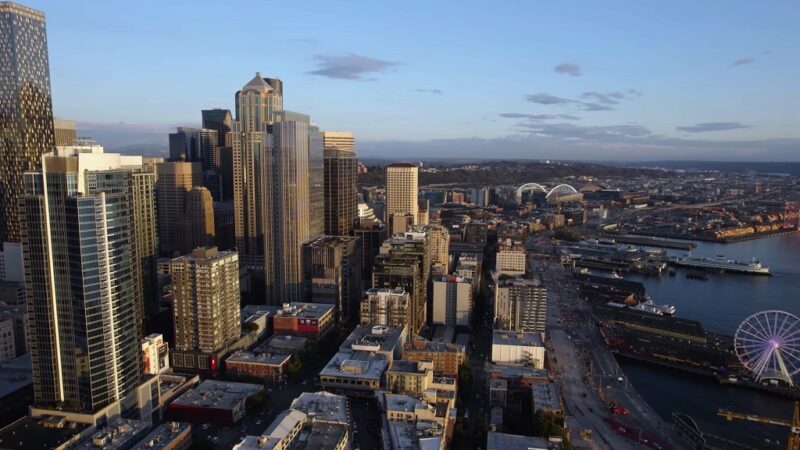
Seattle is still the heavyweight of the Pacific Northwest. No city in the region comes close to its combination of global travelers, cruise traffic, and a deep tech economy that creates high wage housing demand.
According to Visit Seattle, in 2024, King County hosted roughly 40 million visitors who spent 8.8 billion USD. Total impact sat around 12.3 billion USD, supporting nearly 68,000 jobs.
State numbers back up the city’s central role, since Washington logged 23.9 billion USD in visitor expenditures and nearly 108 million visits in 2023. Seattle drove much of that traffic.
The airport adds another layer. Seattle–Tacoma International Airport acts as a Pacific gateway. A recent impact analysis links airport activity and visitor spending to hundreds of millions in state tax revenue. It helps maintain a steady stream of business travelers, tech workers, and cruise passengers.
Cruise season alone is a machine that keeps short-term rentals full. Nearly two million cruise passengers and close to 300 ship calls are expected in 2025.
Housing Market Profile
Seattle always gets called expensive. It is, but the market stays active because inventory remains tight. Late 2024 conditions still show competitive bidding in core neighborhoods.
Rents match those prices, which makes multifamily investment sensible for anyone with the budget. Demand also spills into towns east of the Cascades, into Tacoma, and across the Puget Sound.
Remote workers and second-home buyers are pushing into smaller communities, shifting part of the pressure outward.
Best Fits for Investors
- Capital that can handle higher entry prices
- Multifamily or townhouse development
- Short-term stays tied to the cruise season and conventions
- Tech-driven renter markets with stable demand
Portland, Oregon
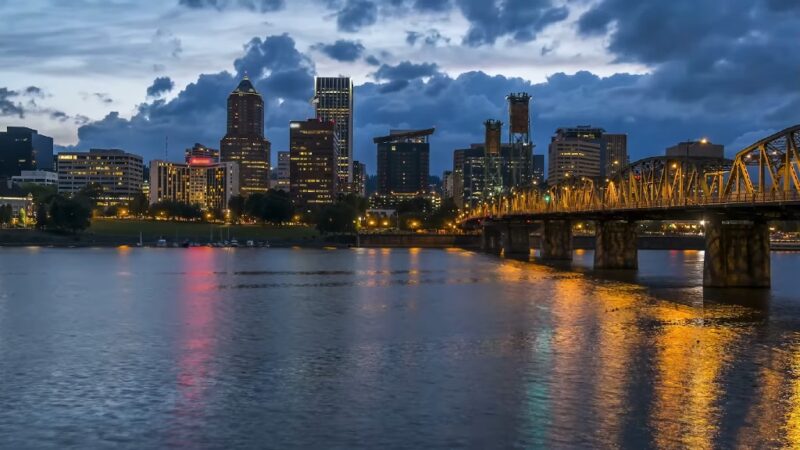
Portland’s visitor numbers recovered faster than many expected. Oregon as a whole recorded 14 billion USD in travel spending in 2023, as per Yahoo Finance. The Portland metro area brought in about 5.4 billion USD, making it the biggest tourism region in the state.
According to Travel Portland, roughly 12.3 million person-trips and around 5.5 billion USD in direct visitor spending feed a tourism workforce of tens of thousands. People come in for long weekends filled with restaurants, breweries, performing arts, and outdoor access.
Portland’s brand continues to lean on:
- A food and craft beverage ecosystem that travelers treat like an attraction
- Big venue events tracked in the city’s annual Spectator Venues and Visitor Activities report
- Proximity to the Columbia River Gorge, the coast, and Mount Hood
Real Estate Dynamics
Portland does not usually chase headlines the way Seattle does, but the fundamentals hold up. Housing is still more affordable on a square foot basis, and the region keeps drawing new residents.
National research groups include Portland in the Western metro cluster with strong decade-long home price growth.
Investors often focus on:
- Inner neighborhoods close to downtown
- Light rail corridors
- Mixed-use districts where both long-term and mid-term rentals stay booked
Short-term rentals require caution, because local rules can be strict. Many investors position themselves in the mid-term space instead, targeting traveling nurses, extended project workers, and remote professionals spending a few months in the city.
Spokane, Washington
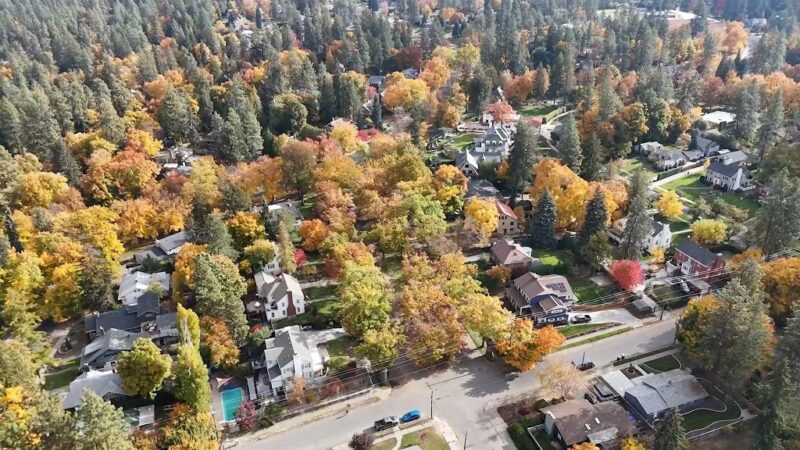
Spokane rarely shows up in glossy tourism ads, yet it keeps appearing in practical investment lists. Lower prices, a stable economy, and a growing healthcare sector give it momentum.
Anchors include:
- Two large hospital systems with thousands of employees
- Universities, including Gonzaga and multiple public institution branches
- A border location near Idaho, which expands the commuter pool and visitor flow
Visitor Appeal
Tourism in Spokane is broader than people assume. The city benefits from:
- Youth sports tournaments
- College events
- Convention traffic
- Outdoor recreation around lakes and rivers
Since Spokane is part of a state with 23.9 billion USD in visitor spending and nearly 108 million visits, it benefits indirectly from Washington’s overall tourism strength, State of Washington Tourism reports.
Real Estate Characteristics
Spokane is often a match for investors who want cash flow instead of appreciation plays. Prices run lower, rents are stable, and short-term rentals tied to events can work in certain zones.
Best uses include:
- Single-family homes held for long-term tenants
- Small multifamily buildings
- Targeted short-term rentals close to universities or convention areas
Tacoma, Washington

Tacoma sits just far enough from Seattle to offer slightly better affordability while still benefiting from the same economic currents. Real estate analyses frequently call it an “affordable growth” market.
Key drivers include:
- A major port and related logistics operations
- A museum district anchored by the Museum of Glass and Tacoma Art Museum
- Access to Mount Rainier National Park
Cruise passengers moving through Puget Sound and day-trip travelers help Tacoma’s visitor economy, even though many city-level metrics are wrapped inside broader Pierce County reports.
Housing Profile
Investors see:
- Lower entry prices compared to Seattle
- Solid rent potential among working professionals
- Older housing stock with opportunities for renovation
Many investors use Tacoma for:
- Mid-term rentals tied to port workers and traveling professionals
- Carefully selected short-term rentals in walkable waterfront corridors
- Long-term leases for families priced out of Seattle, yet still working within the region
Boise, Idaho

Boise is not technically inside the classic Pacific Northwest map, yet it moves in the same investment orbit. Migration patterns from Washington and Oregon feed it. Outdoor recreation branding ties it culturally to the region.
Over the last decade, Idaho recorded one of the steepest home price increases in the United States. Median values in Boise climbed more than 150 percent from 2014 to 2024, Construction Coverage reports. The median sale price now sits around 505,000 USD.
Prices cooled after pandemic spikes, settling into moderate single-digit growth.
Visitor Economy
Boise draws a mix of hikers, rafters, festival goers, and regional travelers. Airport improvements expanded its reach and brought in more business traffic.
Events and mountain access keep hotel rooms full in warmer months. The city also operates as a stopover for people road tripping through the Mountain West.
Why Investors Care
Boise works for people who want:
- Strong migration patterns from higher-cost states
- A deep pool of single-family homes
- Build-to-rent opportunities
- Steady long-term tenants mixed with tourism season peaks
The only caution is affordability pressure. Locals sometimes push back on rapid price movement, so investors should monitor policy changes.
Bend, Oregon

Bend is the classic “small town with big demand” story. It draws millions of visitors each year, supports more than ten thousand tourism jobs, and dominates Central Oregon’s travel economy.
Around 4.1 million visitors came through Central Oregon in 2024, according to Cascade Business News. Skiing, brewery tours, river sports, and trail systems keep the calendar full.
Visitors come for:
- Mount Bachelor
- Mountain biking
- Downtown breweries
- Climbing, kayaking, and trail running
- Beautiful summer weather
Real Estate Snapshot
Bend’s housing profile is tight. Around March 2024, only about 1,250 active listings existed, which sits below historic norms. Median home prices rose modestly, approaching 900,000 USD.
The combination of limited supply, steady tourism, and second-home demand makes Bend a long-term hold market rather than a speculative one.
Investors who do well in Bend usually:
- Plan for personal use combined with rental income
- Study neighborhood-level caps on short-term rentals
- Model wildfire, insurance, and seasonality risks carefully
How To Compare Pacific Northwest Markets In Practice
Investors often struggle not because they pick the wrong region, but because they pick the wrong submarket. A quick framework helps sort through everything.
1. Entry Price and Cash Flow
Higher entry markets:
- Seattle
- Portland
- Bend
Moderate entry markets:
- Boise
- Tacoma
Lower entry markets:
- Spokane
- Select Tacoma neighborhoods
- Smaller satellite towns feeding larger metros
High-priced markets fit investors who:
- Favor multifamily
- Want premium locations with short-term rental premiums
- Have capital for major renovations
Lower-priced markets fit investors who:
- Want long-term tenants
- Build portfolios of single-family homes
- Prefer conservative leverage
2. Tourism Depth and Seasonality
Year-round tourist demand with major business travel:
- Seattle
- Portland
Seasonal peaks:
- Bend
- Mountain towns near Seattle
- Oregon Coast communities
Regional travel patterns and occasional surges:
- Spokane
- Tacoma
- Boise
3. Regulation and Risk
Key variables to monitor:
- Short-term rental rules
- Zoning
- Growth boundaries in Oregon
- Wildfire and climate exposure
- Insurance trends
- Property tax patterns
HUD reports, planning maps, and regional brokerages provide the best ground level insight.
Summary
The Pacific Northwest offers a mix of global cities, regional hubs, and tourism magnets. Seattle remains the anchor with cruise passengers, tech employment, and international travel. Portland thrives on food culture, steady tourism recovery, and urban neighborhoods that hold their value.
Spokane and Tacoma supply accessible entry points backed by Washington’s strong visitor economy. Boise continues to rise on the strength of Mountain West migration trends. Bend delivers an outdoor lifestyle market with high tourism demand and limited supply.
Investors gain the most when they match strategy to city. High ticket markets reward long-term holds and premium rentals. Moderate markets offer steady tenants with room for appreciation. Smaller inland markets provide affordable entry and balanced demand.
Across the region, visitor spending, state tourism reports, and regional housing analyses all point to one overarching reality: the Pacific Northwest remains a strong bet for people who want real estate returns tied to a resilient tourism engine.
